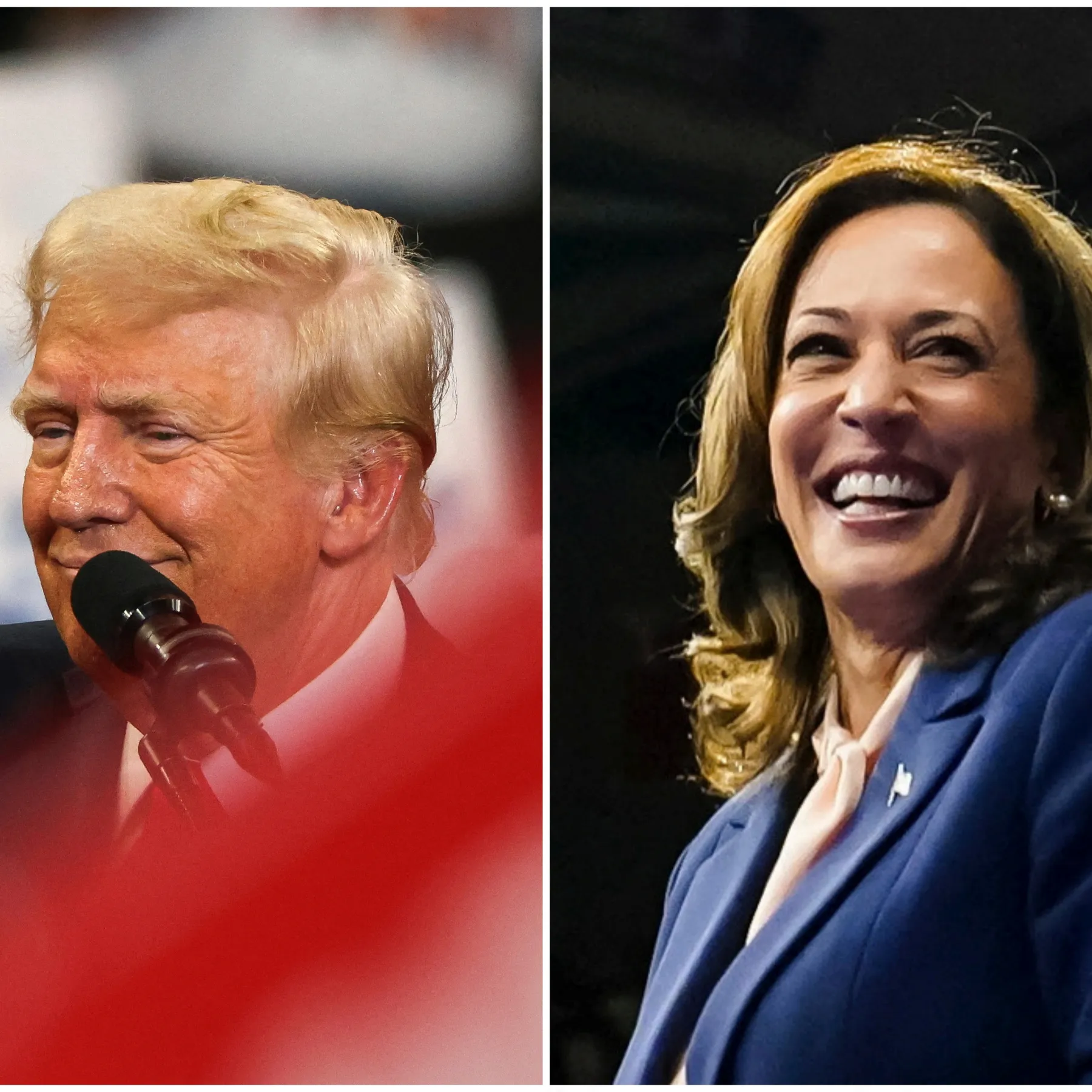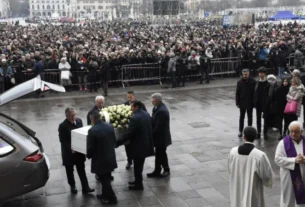As the 2024 U.S. presidential campaign enters its final days, Vice President Kamala Harris and former President Donald Trump are making a last-minute push through key swing states, each aiming to sway undecided voters and energize their base. The whirlwind tours are a testament to the fierce competition as both parties battle to win critical battlegrounds that will determine the election outcome.
Harris’s Tour: Emphasizing Unity and Policy Achievements
Vice President Harris has been focusing her efforts on swing states like Pennsylvania, Michigan, and Arizona, where the Democratic campaign aims to highlight its accomplishments over the past four years. Harris has made stops in major cities, addressing a range of issues from economic recovery to healthcare and climate initiatives. Speaking in Pittsburgh earlier this week, Harris underscored the Biden administration’s efforts to lower prescription drug prices, increase access to affordable healthcare, and create jobs through investments in renewable energy and infrastructure projects.
In Detroit, Michigan, Harris spoke at a rally where she emphasized her party’s commitment to workers and manufacturing jobs, pointing to new policies that aim to revitalize American industry. “Our administration has delivered real change that impacts working families,” Harris said, mentioning efforts to promote clean energy manufacturing within the U.S. and secure funding for job training programs. Harris is also connecting with key demographic groups, including suburban voters and communities of color, focusing on issues of racial justice, voting rights, and women’s rights.
Trump’s Counteroffensive: Attacking Biden’s Record and Rallying the Base
Former President Trump, meanwhile, has been barnstorming states such as Florida, Ohio, and Georgia, drawing large crowds at his rallies and emphasizing a return to what he calls “American greatness.” Trump has used his speeches to criticize the Biden administration’s handling of inflation, immigration, and foreign policy, often framing these issues as national security threats. Speaking at a packed event in Tampa, Trump vowed to reverse what he describes as “four years of mismanagement” if elected. He focused heavily on economic issues, stating, “We built the best economy the world had ever seen, and we’ll do it again.”
In Ohio, Trump took aim at the Biden-Harris immigration policies, calling them a “disaster,” and promised to tighten border security and restrict immigration. He also reached out to conservative Christian voters, emphasizing his stance on issues like abortion and parental rights in education. Trump’s campaign is placing particular focus on rural areas and smaller towns, where his “America First” message continues to resonate strongly. He has reiterated his call to “drain the swamp” and reform government institutions, promising to end what he claims is corruption in Washington.
Contrasting Visions and Last-Minute Strategies
Both campaigns have escalated their ground operations, from door-knocking and phone banking to leveraging social media for targeted advertisements. Harris and Trump’s respective messaging encapsulates a stark contrast in vision: Harris highlights a vision of gradual reform, social equity, and climate responsibility, while Trump champions deregulation, strong national borders, and a return to conservative values.
Analysts suggest that each candidate’s itinerary reveals their internal polling and campaign strategy. For Harris, cities with larger minority populations and younger demographics are key targets. Trump’s rallies, in contrast, often focus on areas that lean conservative or are considered economically distressed, where his message of economic revival resonates.
Swing State Showdowns: The Impact on Election Night
Polls indicate a tight race in several of these states, with voter turnout likely to be the decisive factor. While Harris’s campaign banks on mobilizing urban and suburban areas, Trump’s team is counting on robust support from rural areas and a strong turnout among his base. Political experts note that last-minute changes in voter sentiment are common in high-stakes elections, especially with events like candidate tours, which serve as final attempts to sway undecided voters.
As both Harris and Trump conclude their tours, all eyes are on these battlegrounds. With razor-thin margins expected in several states, the energy of these final campaign stops could make the difference between victory and defeat for each candidate.
The New York Times, The Washington Post, Politico, CNN Politics, NPR (National Public Radio), BBC News.





